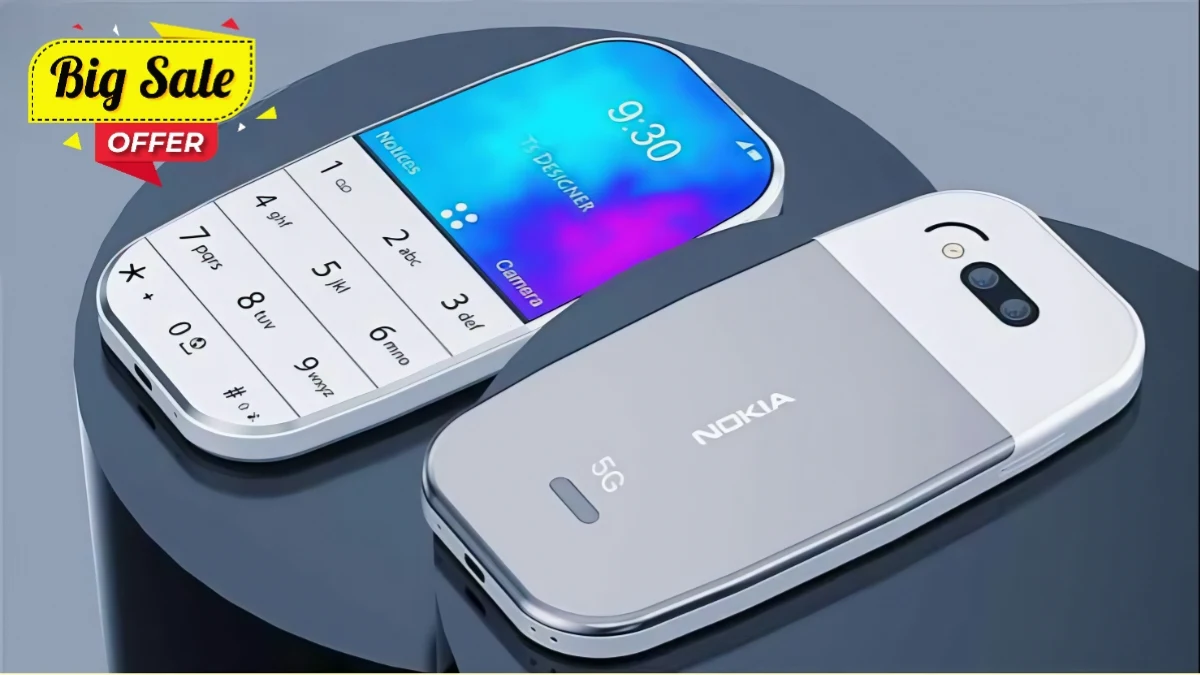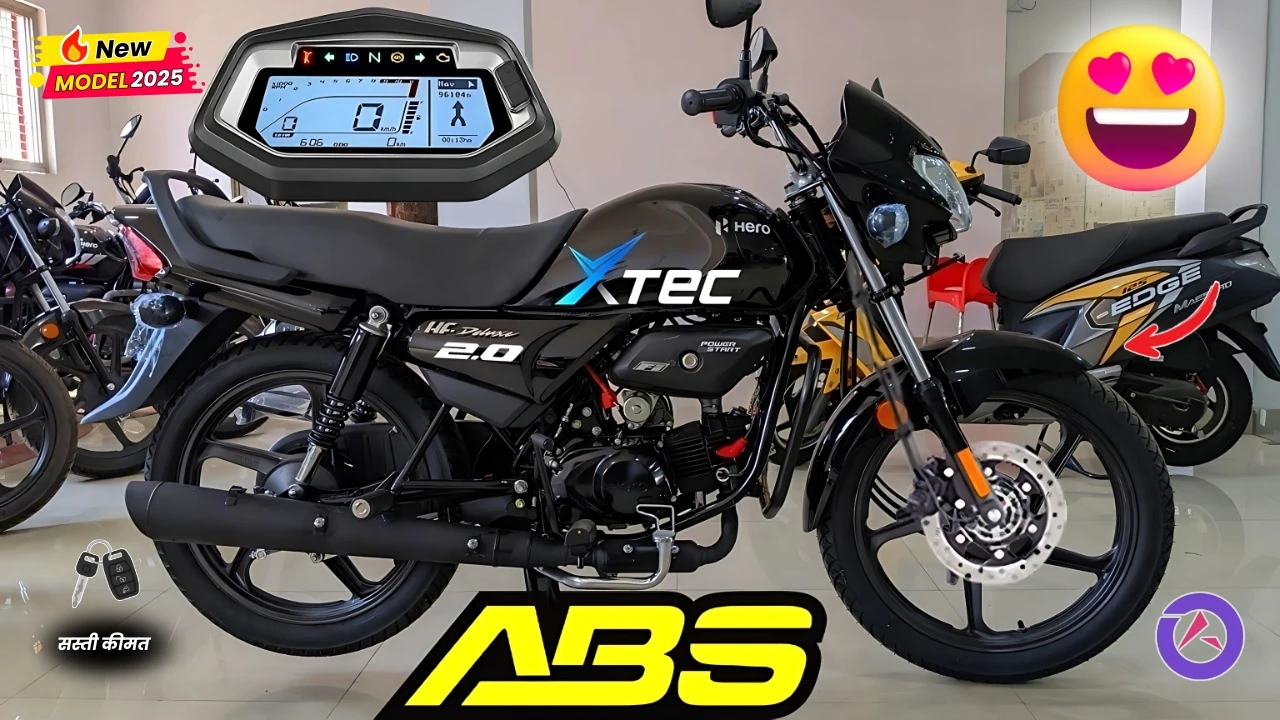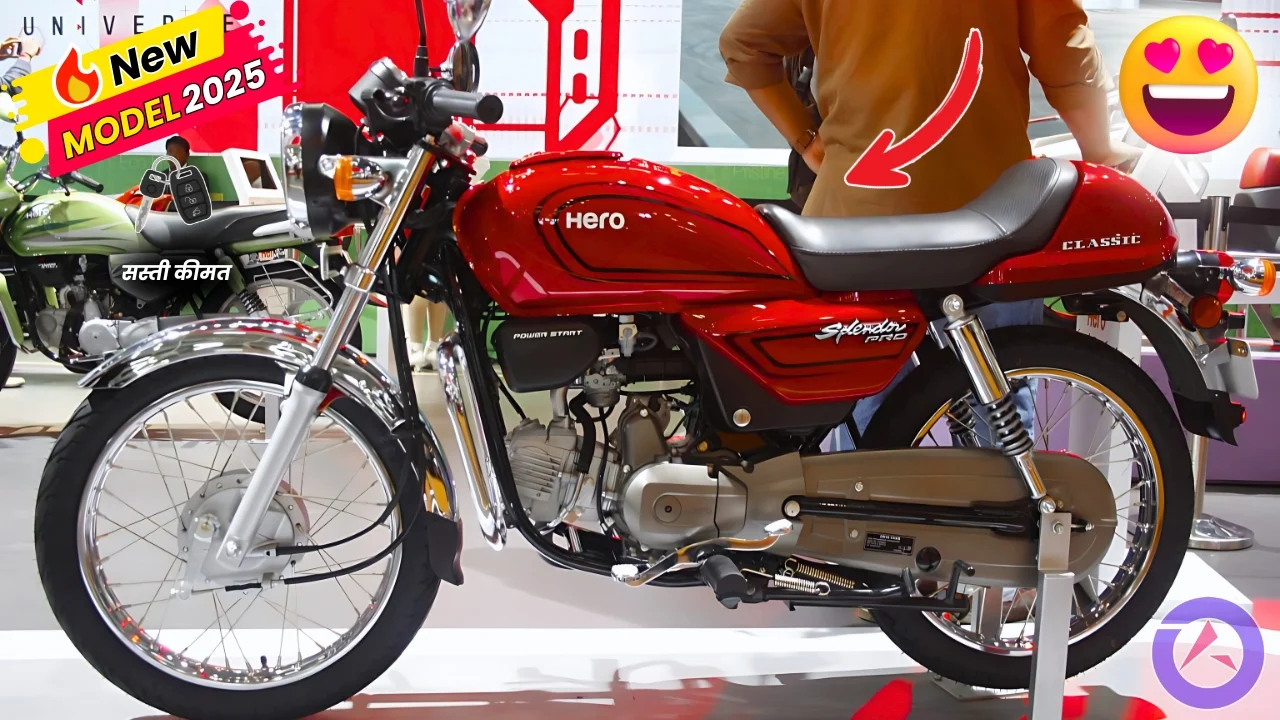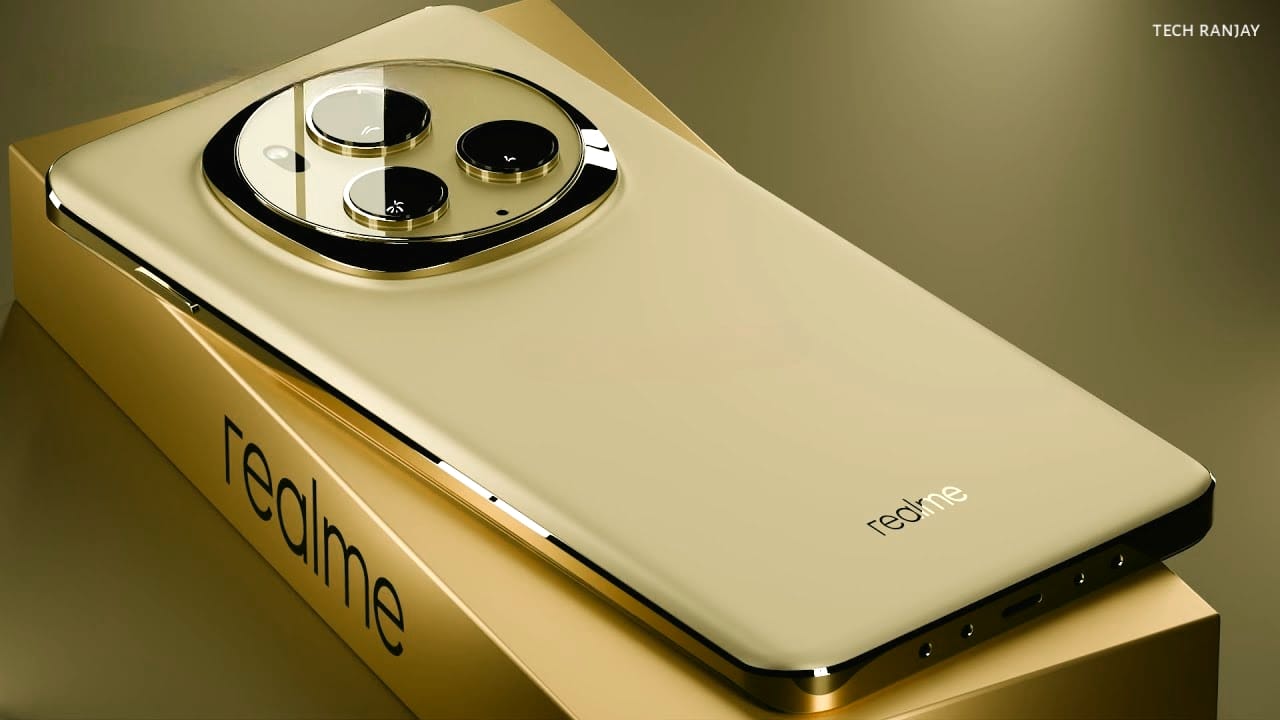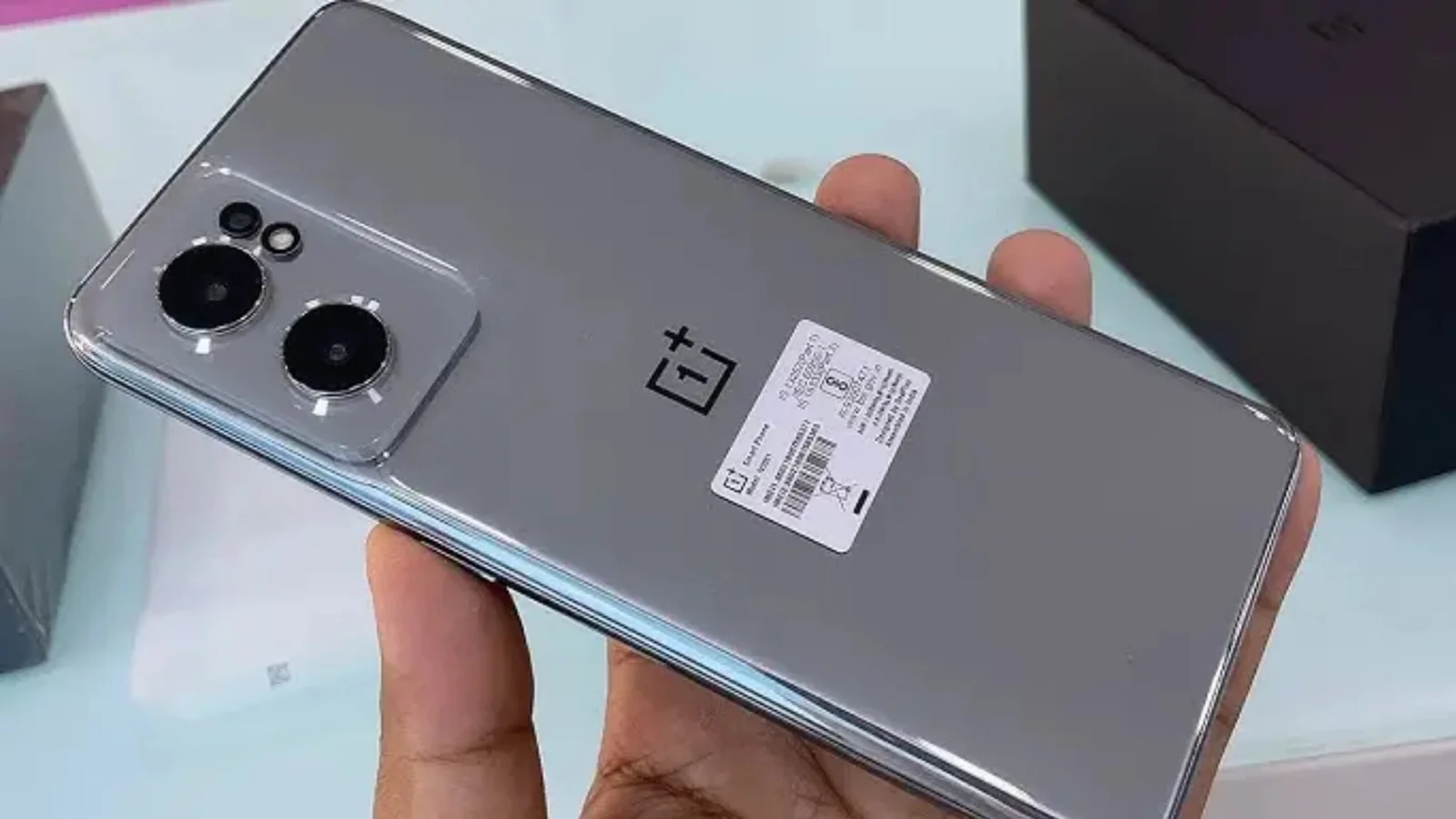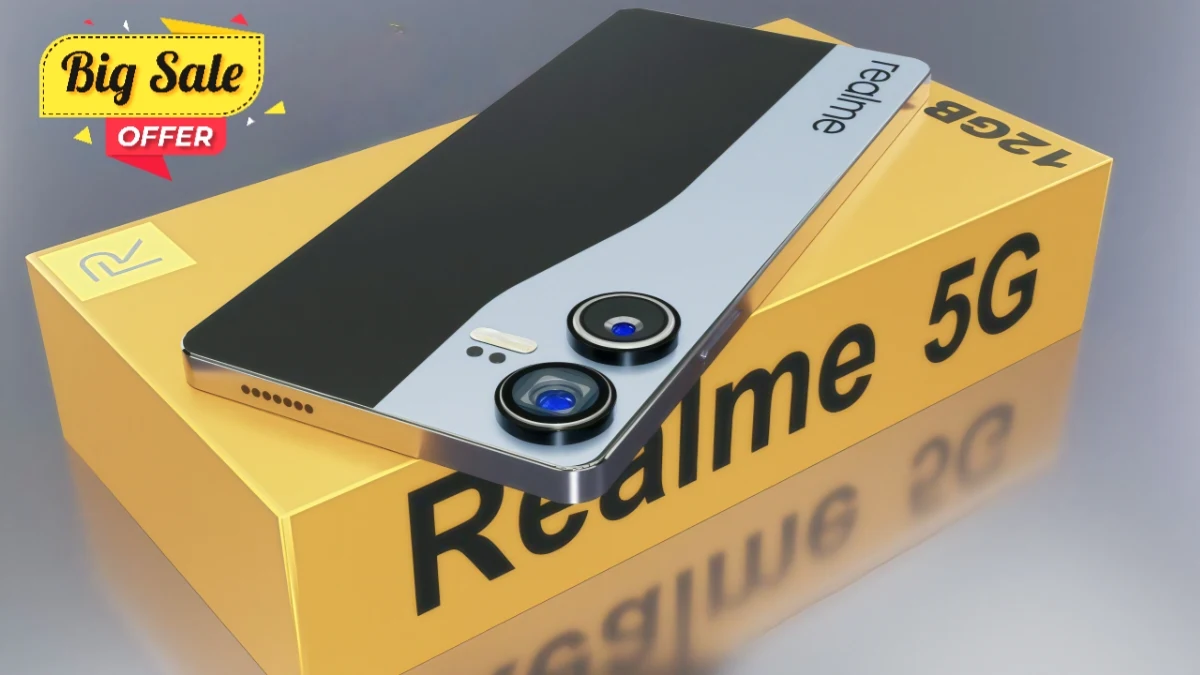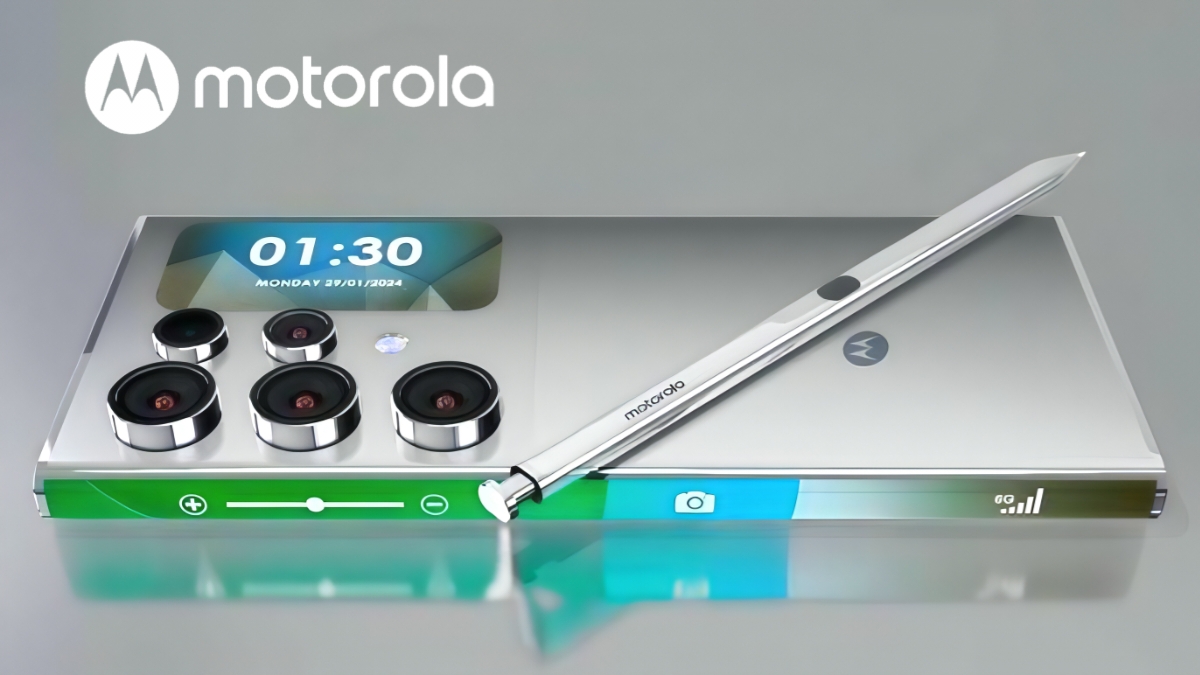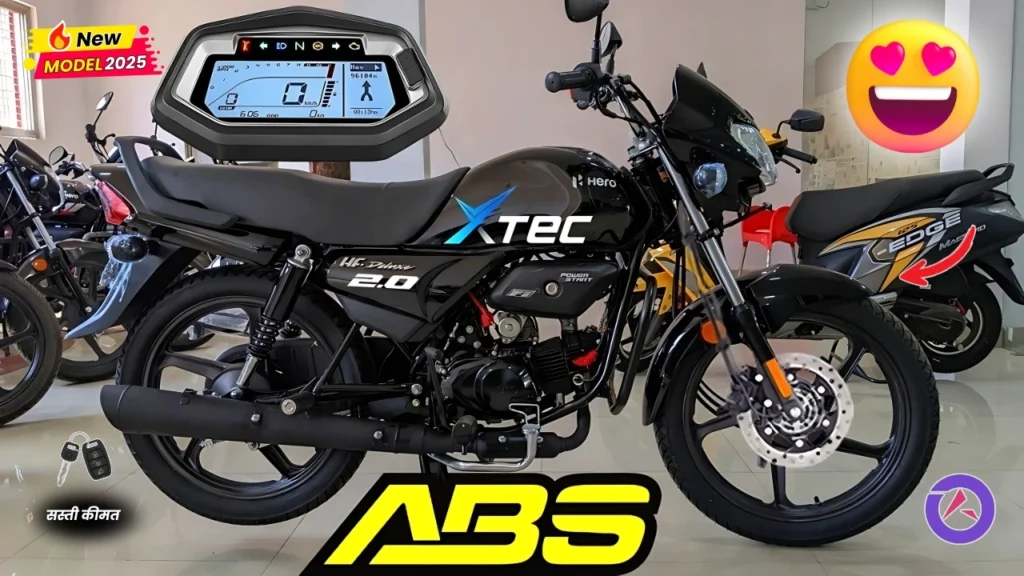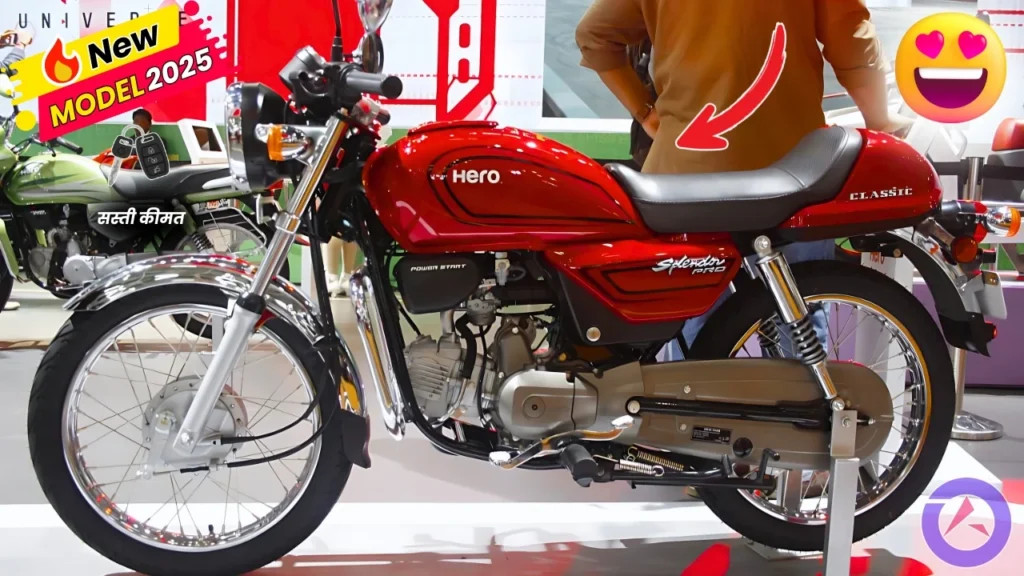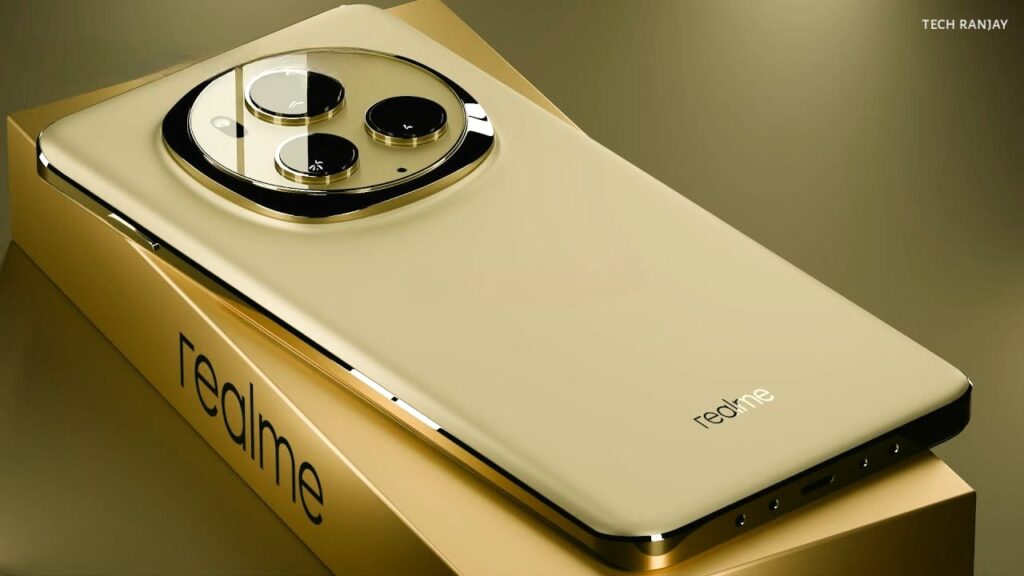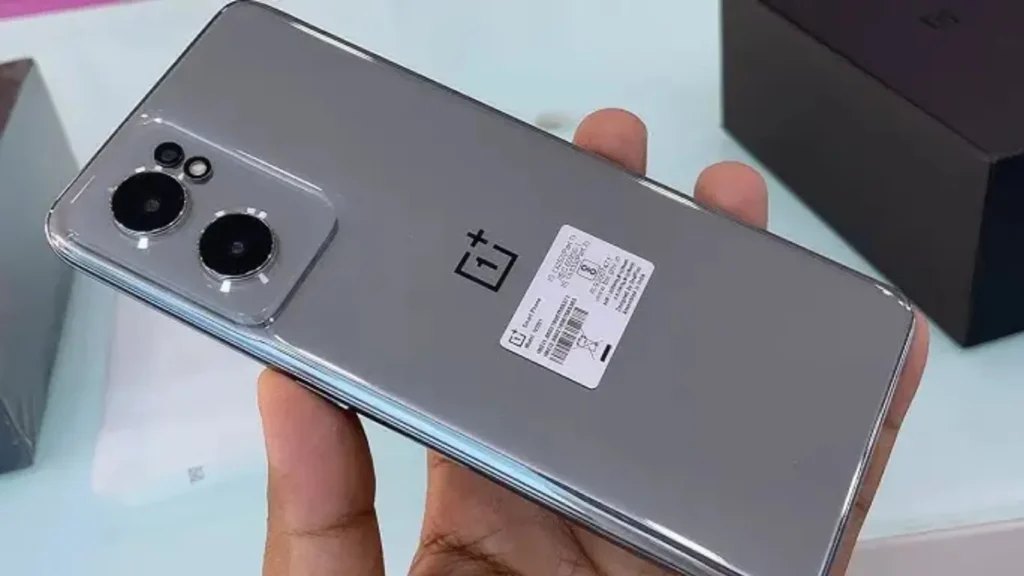Nokia 1100: The Nokia 1100 achieved remarkable success due to its focus on practical design, rather than flashy features. Introduced in 2003, this basic mobile phone prioritized durability and core functionality over sophisticated technology. This approach created a device capable of enduring tough conditions while consistently performing. Its robust plastic construction safeguarded internal components from drops, impacts, and environmental challenges that would typically harm modern smartphones, earning it a widespread reputation for outstanding reliability.
The compact dimensions made the phone incredibly portable, fitting comfortably into pockets without the bulk characteristic of many early mobile devices. Users valued its balanced weight distribution during calls and the efficient antenna design, which maintained strong signal reception even in areas with weak network coverage. Color options were deliberately limited to black and blue variants, reflecting Nokia’s emphasis on functionality rather than fashion trends. This strategy appealed to users who prioritized communication capabilities over personal style, establishing the phone as a practical tool rather than a mere accessory.
User-Friendly Interface Accessible to Everyone
The Nokia 1100’s interface design highlighted simplicity and ease of use, making mobile communication available to people regardless of their technical proficiency. The monochrome display clearly presented essential information without confusing graphics or unnecessary complexities that might overwhelm new users. Menu navigation followed intuitive patterns that users could quickly master, ensuring the device remained accessible to individuals of all ages and technical backgrounds.
The physical keypad provided satisfying tactile feedback with each button press, reducing input errors and boosting user confidence during operation. The T9 predictive text system revolutionized text messaging for millions, making message composition faster and more intuitive than previous methods. This technology introduced many to text messaging for the first time, helping establish SMS communication as a primary form of mobile interaction.
Exceptional Battery Performance and Practical Features
Battery life emerged as one of the most celebrated aspects of the Nokia 1100, with a single charge powering the device for days or even weeks, depending on usage. This extraordinary endurance eliminated the constant charging anxiety that plagues modern smartphone users, allowing people to rely on their phones without concerns about power availability. Its exceptional battery performance proved particularly valuable in regions with unreliable electricity infrastructure.
The integrated flashlight feature, accessible through simple button combinations, offered practical utility extending beyond mere communication. This seemingly minor addition demonstrated Nokia’s understanding of global market needs, especially in developing countries where consistent lighting sources were not always available. Such thoughtful features contributed to the phone’s widespread adoption across diverse markets with varying infrastructure conditions.
Superior Communication Quality and Global Accessibility
Call quality on the Nokia 1100 set standards that many contemporary devices struggle to match. The earpiece delivered clear audio reproduction even in noisy environments, while the microphone accurately captured voices without digital processing artifacts. The analog-digital conversion technology prioritized voice clarity over data compression, ensuring conversations remained intelligible under various conditions.
Text messaging functionality, though restricted to 160 characters per message, enabled efficient communication that fostered the development of global SMS culture. The predictive text system learned user patterns over time, making message composition progressively faster and more intuitive. Network compatibility covered GSM bands prevalent in the early 2000s, ensuring reliable operation across different countries and cellular carriers.
Revolutionary Cultural Impact Beyond Technology
The Nokia 1100’s influence extended beyond its technical specifications, becoming a cultural phenomenon that democratized mobile communication worldwide. In developing nations, this phone often represented a family’s first access to mobile technology, connecting rural communities to broader economic and social networks. The device’s affordability made mobile communication accessible to billions of people who had never previously owned a phone.
This accessibility created new economic opportunities for small businesses, farmers, and entrepreneurs, who could coordinate activities and reach customers more efficiently than traditional methods allowed. The Nokia 1100 demonstrated that revolutionary technology does not necessitate revolutionary complexity, showing how thoughtful engineering focused on fundamental human needs can create lasting global transformation far beyond the original product concept.
Disclaimer: This article is based on historical information and widely documented facts about the Nokia 1100. Sales figures, technical specifications, and cultural impact assessments are derived from publicly available sources and industry reports from the relevant time period.
